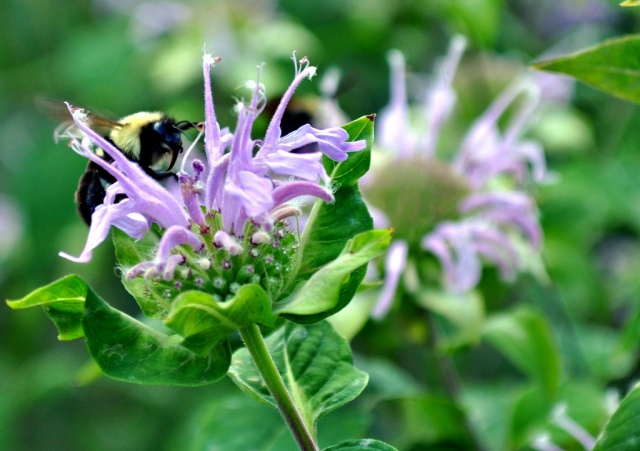Well, we know that plants produce the oxygen that we breathe in…..photosynthesis right? And we’ve previously explored how we use oxygen in a process called cellular respiration where we create ATP, the energy currency of the cell. This currency lets us do pretty much everything we need to do like growing, moving and reproducing (if and when we get around to that!). Surely if the ATP (cash moneys) is needed to fund all these processes in us, then plants, which also grow and reproduce are going to need some too, right? Right!

Even plants “breathe”
This photo was taken by Sarz AA. All rights reserved. Check out her Flickr for more photos (and legal stuff).
Plants make oxygen during photosynthesis, but they also use oxygen during cellular respiration when they break down sugars to make ATP (just like us!). During the day, plants photosynthesise more than they respire so more carbon dioxide is used up than produced. During photosynthesis energy from the sun changed into energy stored as sugar and oxygen is produced as water is broken down. This is why we think of plants as producing oxygen and using carbon dioxide. At night however, photosynthesis can’t happen (because it’s dark!) and plants make carbon dioxide as they consume oxygen during cellular respiration. Plants need to exchange gases with the environment for these two important processes (respiration and photosynthesis) to happen. Although they don’t have a complex respiratory system like many animals, it turns out, plants have their own special way of “breathing” (or exchanging gases with the environment).

Stomata on the surface of a leaf.This fantastic photo was taken by Marc Perkins. Some rights are reserved. Check out his Flickr for more photos (and legal stuff).
While gases can diffuse across the surface of the leaves in many plants, most land plants have stomata (the plural of stoma) which are holes (pores) on the surface of their leaves surrounded by two guard cells. When the stoma are open, gases (our two old important favourites, oxygen and carbon dioxide) can diffuse (move passively needing no energy) in or out. So why aren’t they open all the time if they don’t require energy? The leaves sweat through the stomata! Water is lost very easily from the stoma (known as transpiration) so the plant only opens as many as they need to allow gas exchange for photosynthesis and cellular respiration. So, plants don’t really breathe like us (no lungs) or fish (no gills), but they do still exchanges gases with the environment (which is kinda the main point of breathing!) through their stomata.
